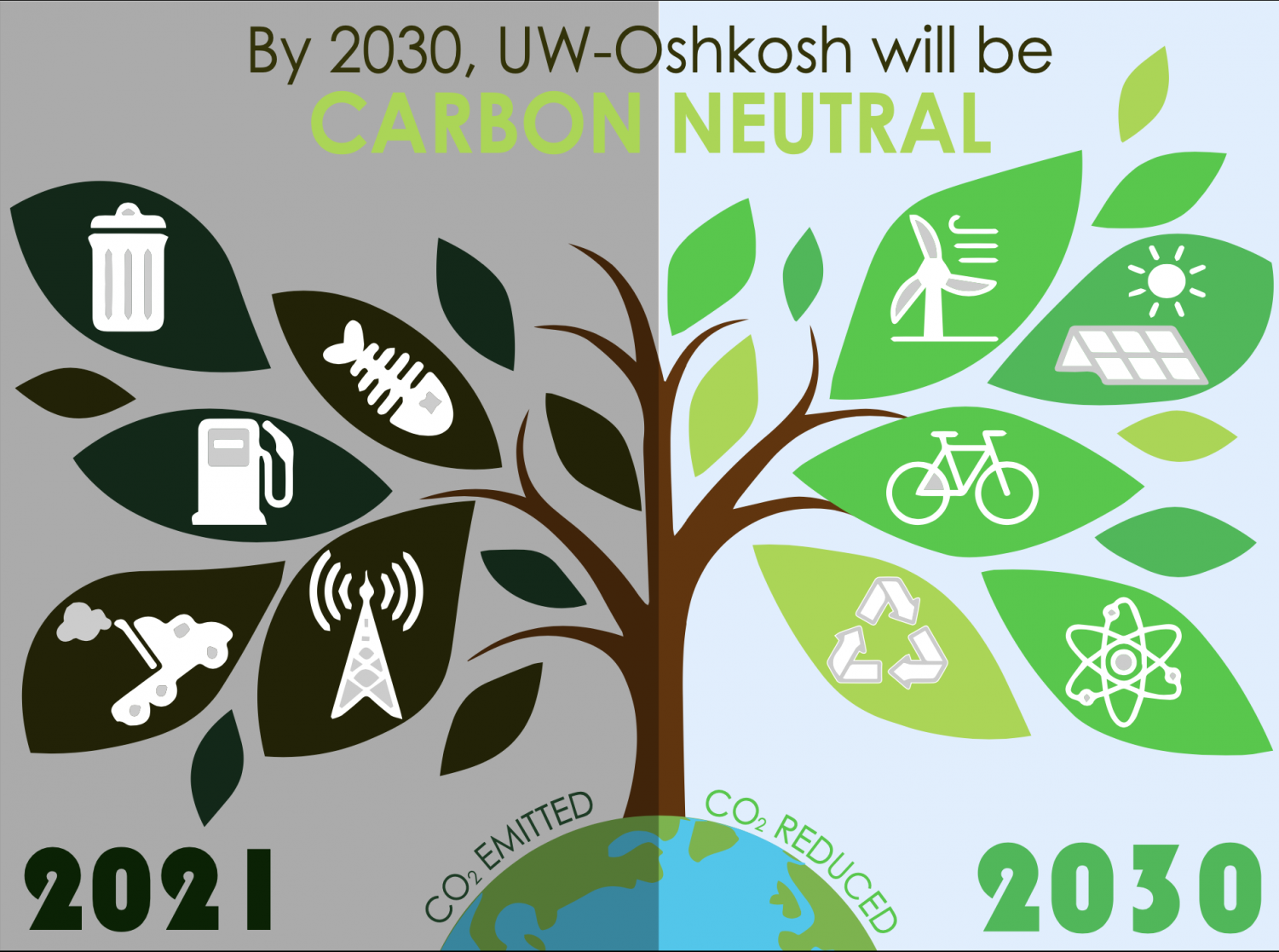CARBON NEUTRALITY
Carbon neutrality means having a balance between emitting carbon and absorbing carbon from the atmosphere in carbon sinks. Removing carbon oxide from the atmosphere and then storing it is known as carbon sequestration. In order to achieve net zero emissions, all worldwide greenhouse gas (GHG) emissions will have to be counterbalanced by carbon sequestration.
Carbon sink is any system that absorbs more carbon than it emits. The main natural carbon sinks are soil, forests and oceans. To date, no artificial carbon sinks are able to remove carbon from the atmosphere on the necessary scale to fight global warming.
Failing to mitigate climate change could damage corporate infrastructure, lead to business disruptions and closures and slow economic growth. Investors are increasingly demanding that corporations take action on the climate. The Climate Action 100+ investing group, represented by big-name investors like BlackRock and Pimco, with total assets of over $47 trillion, are forcing the companies they hold to drastically reduce their emissions by 2050 or sooner.

As a result of this development the number of organizations, including governments and private companies, that have announced deadlines for reaching emission reduction targets has doubled in less than a year. But how companies announce their targets can differ greatly. And the most common terms, like carbon or climate neutrality and net zero, are often used interchangeably. However, there is a difference in meaning that we need to consider.
What Is Carbon Neutrality?
According to the definition of the Intergovernmental Panel on Climate Change (IPCC), carbon neutrality, or net zero CO2 emissions, refers only to carbon dioxide emissions and is a state of balance between the CO2 emitted into the atmosphere and the CO2 removed from the atmosphere.
In actual business practice, organizations often use the term "carbon neutrality" to include all greenhouse gas (GHG) emissions when they announce their ambitious emissions reduction targets.
To start, let's deep dive into the core of carbon-neutrality:
- Carbon neutral means that any CO2 released into the atmosphere from a company's activities is balanced by an equivalent amount being removed.
- Climate positive means that activity goes beyond achieving net-zero carbon emissions to create an environmental benefit by removing additional carbon dioxide from the atmosphere.
- Carbon negative means the same thing as "climate positive."
- Carbon positive is how organisations des cribe climate positive and carbon negative. It's mainly a marketing term, and understandably confusing–we generally avoid it.
- Climate Neutral refers to reducing all GHG to the point of zero while eliminating all other negative environmental impacts that an organisation may cause.
- Net-Zero carbon emissions mean that an activity releases net-zero carbon emissions into the atmosphere.
- Net-Zero emissions balance the whole amount of greenhouse gas (GHG) released and the amount removed from the atmosphere.